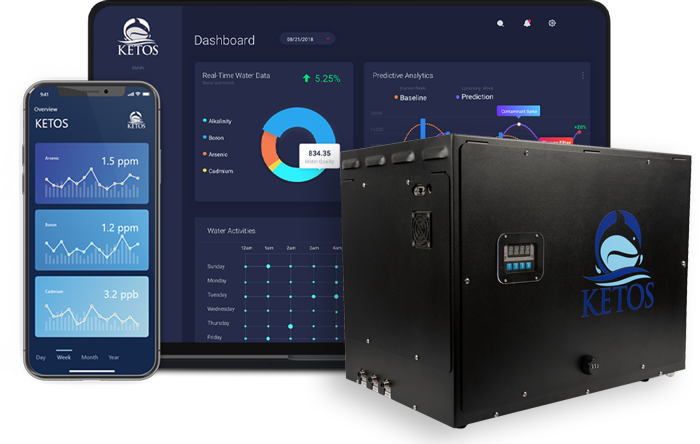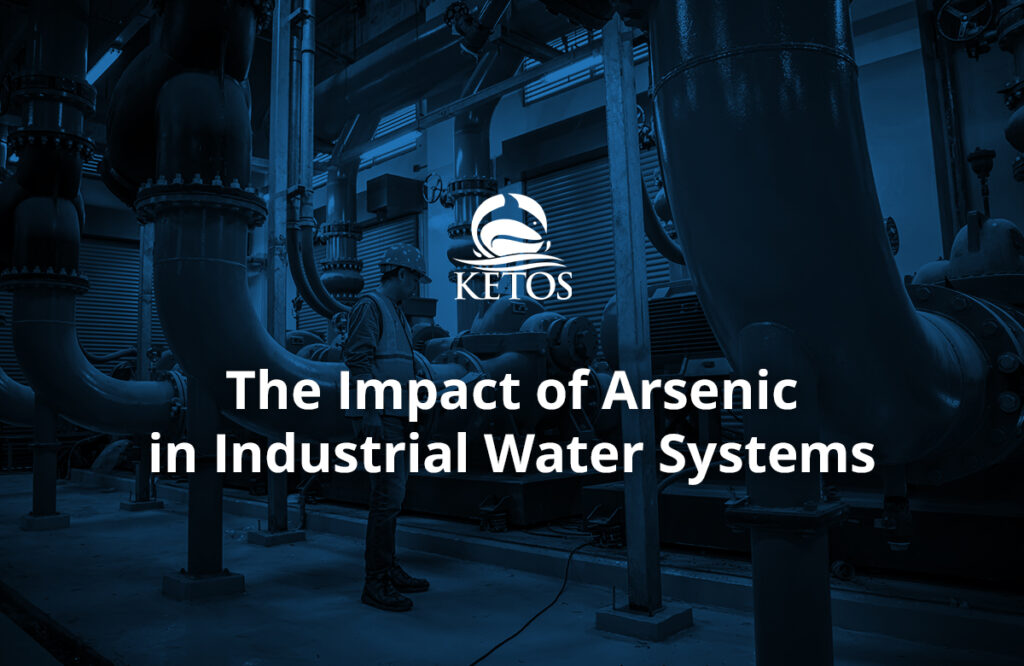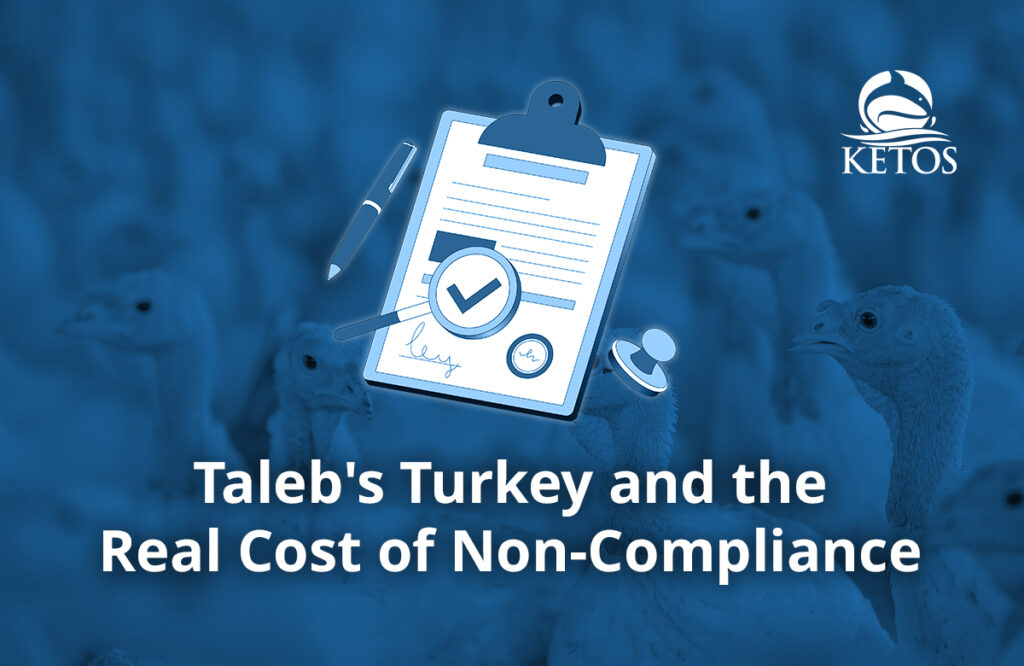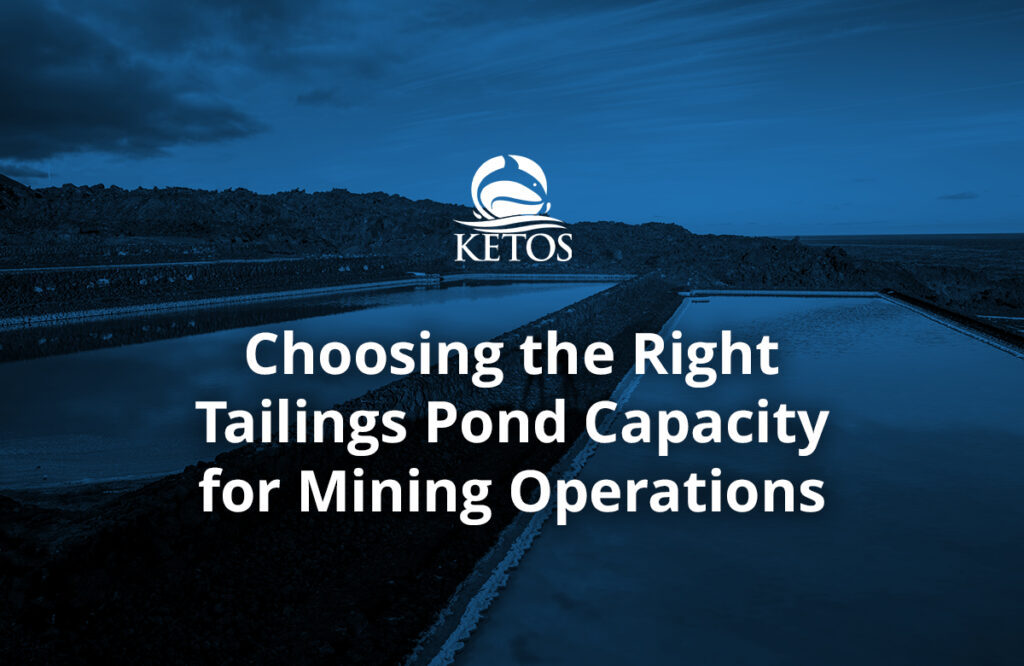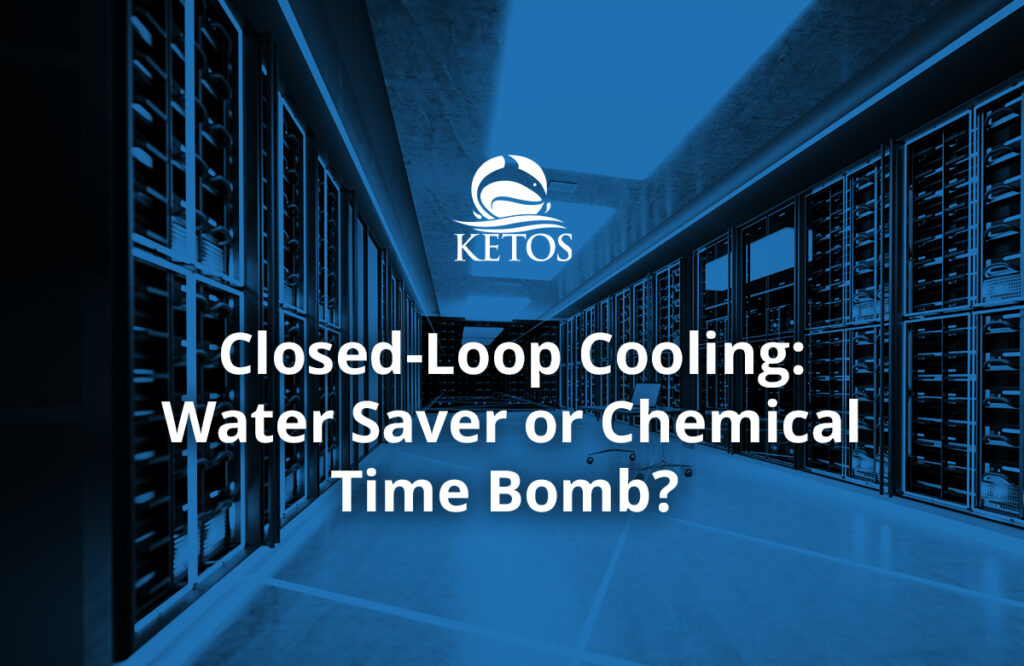IoT water level sensors are advancing water management practices. These smart devices monitor water levels and consumption in real time. They’re proving valuable in agriculture, municipal water systems, and industrial operations.
Studies indicate that an average American home loses about 9,400 gallons of water annually due to leaks. Using these sensors can help to quickly find leaks and provide accurate, up-to-date information for more efficient water use. As a result, they’re becoming essential tools for water conservation and resource management employees across various sectors.
How IoT Water Level Sensors Work
IoT water level sensors are advanced devices that monitor water levels in tanks, reservoirs, and other storage systems. These sensors are part of a wireless water monitoring system that connects to the Internet of Things (IoT). This setup allows for immediate data collection, analysis, and reporting, providing real-time information about water levels.
Key Parts of an IoT Water Level Sensor System
An IoT water level sensor system consists of several important components working together. Each part plays a specific role in tracking and reporting water levels:
- Sensor: Measures water level
- Transmitter: Sends data to the central system
- Gateway: Connects sensors to the internet
- Cloud Platform: Stores and analyzes data
- User Interface: Displays information and alerts
Benefits of IoT Water Level Sensors
Using IoT water level sensors offers many significant benefits. Here are some of the main advantages these systems provide for end users:
| Benefit | Description |
| Real-time Monitoring | Provides up-to-the-minute data on water levels |
| Leak Detection | Quickly identifies and alerts water operators to potential leaks |
| Resource Optimization | Enables better water usage planning and conservation |
| Cost Savings | Reduces water waste and associated costs |
| Remote Management | Allows for monitoring and control from any device, and from any location |
Applications of IoT Water-Level Sensors in Municipal, Agricultural, and Industrial Settings
IoT water level sensors are proving useful in many areas. Let’s look at how different sectors are putting these smart devices to work:
1. Municipal Water Management
Cities and municipalities across America are tapping into the power of water sensor IoT. These devices are helping water departments work smarter, not harder. Here’s how:
- Reservoir Monitoring: Sensors track real-time water levels, helping cities better plan water use.
- Leak Detection: The ability of water sensors to quickly spot leaks in water mains saves millions of gallons of water and dollars each year. For example, Charlotte, NC, reduced its water loss by 400 million gallons, simply by installing smart sensors.
- Pressure Management: Sensors help maintain optimal water pressure, reducing pipe stress and preventing water main breaks.
This high-tech approach is cutting water waste and making water service more reliable for residents.
2. Farming and Agriculture
Farmers are finding water sensor IOT to be a game-changer in crop management. Here’s why:
- Precision Irrigation: Sensors ensure crops get just the right amount of water, when and where they need it.
- Water Conservation: Some farms have cut water use by up to 30% using these smart systems.
- Yield Improvement: Better water management often leads to healthier crops and bigger harvests. This, of course, positively impacts a farmer’s bottom line.
For instance, California almond growers using IoT sensors have reported water savings of up to 20% while maintaining or improving crop yields.
3. Factory and Industrial Use
In the manufacturing world, IoT water sensors are proving their worth in several ways:
- Cooling Systems: Sensors monitor water levels and quality in cooling towers, preventing equipment damage and improving efficiency.
- Boiler Management: Accurate water level monitoring in boilers prevents dry-firing and improves safety.
- Process Optimization: In water-intensive industries like paper mills, sensors help fine-tune water use in each production stage.
4. Smart Homes
Even homes are getting smarter with their water management:
- Leak Detection: Smart sensors can spot the smallest of leaks, potentially saving homeowners thousands in water damage repairs.
- Usage Tracking: Families can see their water use patterns and find ways to cut back.
- Automated Systems: Some setups can turn off water supplies if they detect major leaks, or heat water only when needed.
Case Study: Smart Water Management in a Developing Country
KETOS implemented a smart water metering and distribution management system for an international water utility responsible for delivering water from Reverse Osmosis treatment plants and water storage plants to hospitals, farms, and homes in rural villages. The results demonstrate the significant impact IoT water sensors can have when implemented on a large scale:
- Real-time water usage data was captured and analyzed.
- Control over water distribution improved to meet community needs.
- Usage-based payment models were enabled.
- Enhanced predictability and insight reduced water shortages for end users.
This case study showcases how IoT water sensors can transform water management in both urban and rural settings, leading to more efficient resource use and improved service delivery.
Challenges and Solutions in Implementing IoT Water-Level Sensors
While IoT water level sensors bring many advantages, their implementation can present some challenges. Here’s a look at some common issues with IoT water-level sensors and practical solutions:
| Issue | Challenge | Solution |
| Cost | High upfront investment for IoT water monitoring systems | Subscription-based models offer lower initial costs with ongoing support and upgrades |
| Security | Data privacy and security concerns in IoT systems | Robust encryption, regular security audits, and adherence to IoT security best practices |
| Integration | Complexity in merging new tech with existing water management systems | IoT solutions with flexible integration options and dedicated technical support |
The Future of Water Management with IoT
As we look to the future, the potential of IoT water level sensors is boundless. We’re moving towards a world where:
- Predictive maintenance becomes the norm, preventing issues before they occur.
- AI-powered systems optimize water distribution in real time.
- Blockchain technology ensures transparent and secure water trading.
- Smart cities use integrated water management systems to create more sustainable urban environments.
Best Practices in Implementing IoT Water-Level Sensors
To get the most out of your IoT water level sensor implementation, consider these five best practices:
- Start with a pilot project to demonstrate value and iron out any issues.
- Ensure your sensors are properly calibrated and maintained at all times.
- Train staff on how to use and interpret the data from your new system.
- Regularly review and update your water management strategies based on the insights gained.
- Choose a reputable provider with a track record of successful implementations, like KETOS.
KETOS: Smart Water Management for the Future
Experience the power of real-time water insights with our innovative platform. We’ve combined cutting-edge hardware with intelligent software, revolutionizing water quality monitoring and management. Our solution offers:
- Real-time tracking of over 30 water quality parameters.
- EPA-compliant Smart Water Intelligence Platform.
- Automated reports and custom alerts.
- Predictive analytics to stay ahead of water issues.
- $0 CAPEX model with an all-inclusive annual fee.
From urban utilities to agriculture and industry, we’re helping organizations reduce water waste and cut costs. It’s not just about saving water today – it’s about investing in a sustainable future. Join KETOS in making smart water management the new standard across all sectors. Contact us today to learn more about how our products can help you optimize your water management practices going forward.
